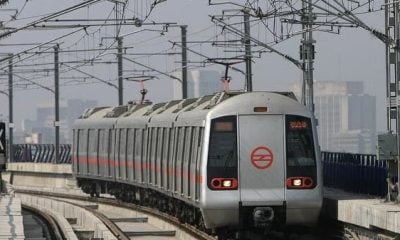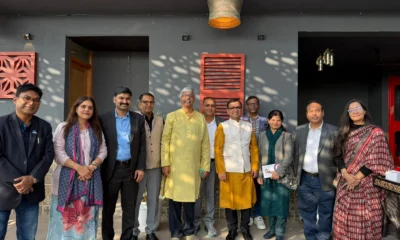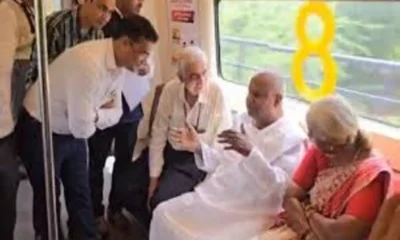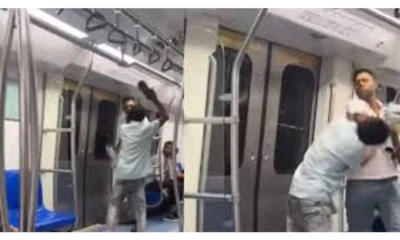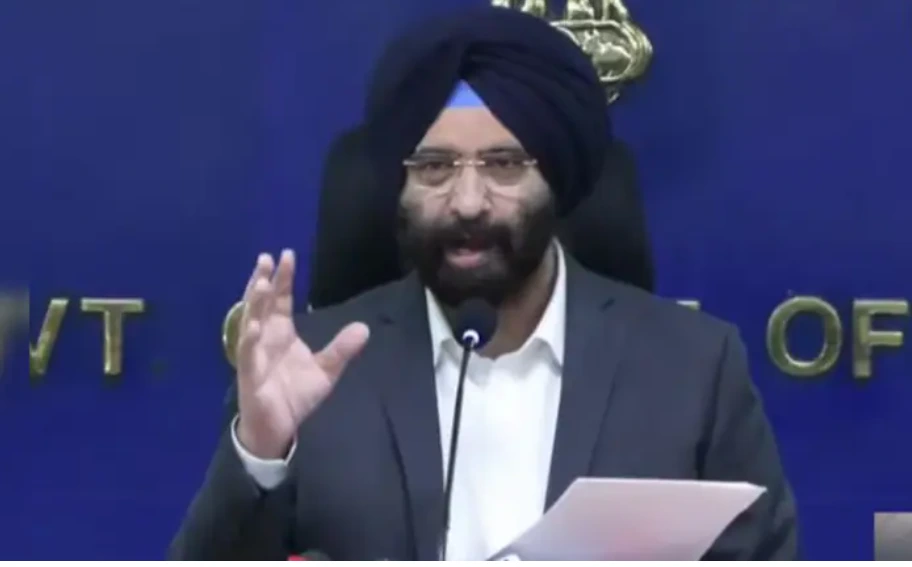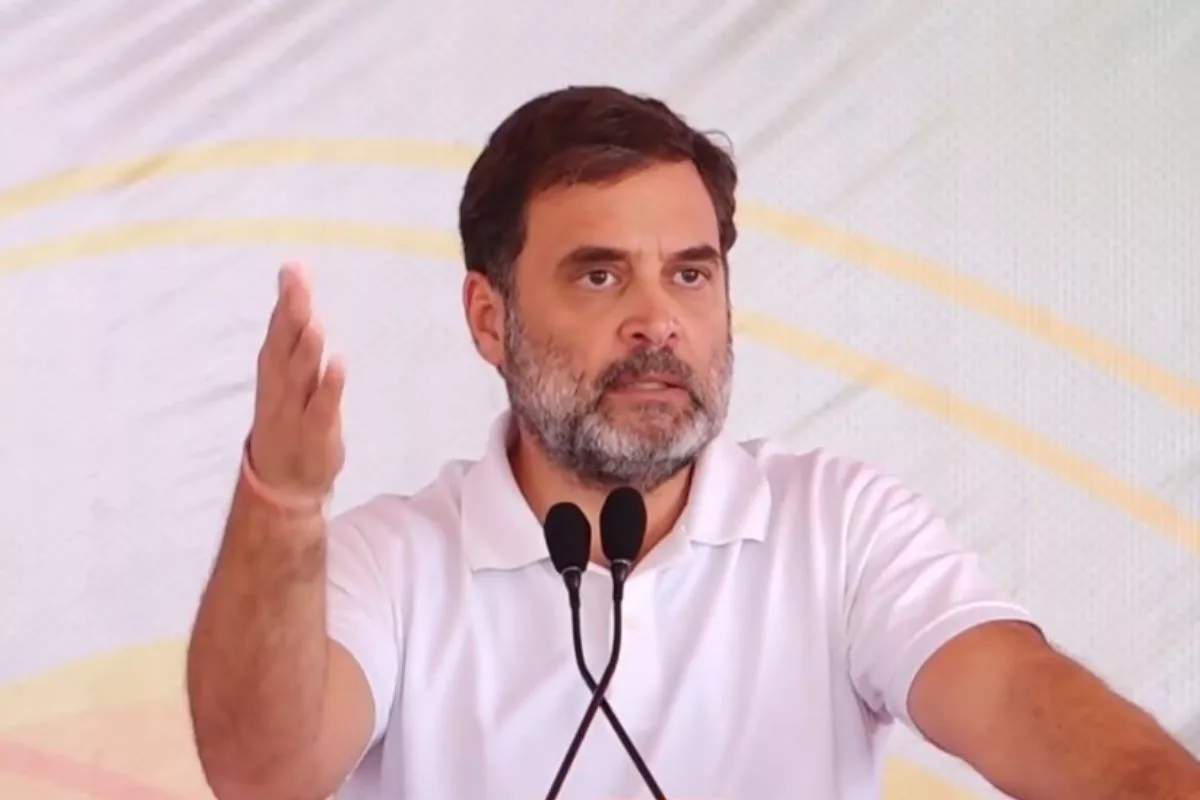India News
Delhi metro second most unaffordable in the world: CSE study

India News
Delhi pollution: Environment minister apologises, blames AAP as AQI stays very poor
Delhi Environment Minister Manjinder Singh Sirsa apologised for pollution but blamed AAP for the crisis, saying air quality cannot be fixed in months as AQI remains very poor.
India News
Rahul Gandhi Attacks Centre over G RAM G bill, calls it an attack on MGNREGA’s core principles
Rahul Gandhi has strongly opposed the G RAM G bill, accusing the Modi government of undermining MGNREGA and shifting the financial burden of rural employment schemes onto states.
India News
Priyanka Gandhi leads protest against G Ram G Bill, calls move to replace MGNREGA unconstitutional
Priyanka Gandhi objected in Lok Sabha to the Centre’s G Ram G Bill, saying it weakens MGNREGA and dilutes the constitutional right to employment.
-
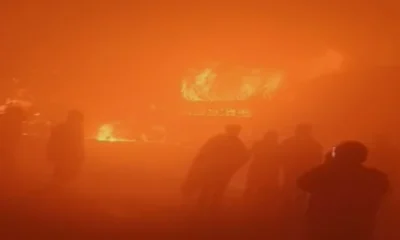
 India News23 hours ago
India News23 hours agoDelhi-Agra Expressway fog crash kills four, several vehicles gutted in Mathura pile-up
-

 LATEST SPORTS NEWS17 hours ago
LATEST SPORTS NEWS17 hours agoIPL 2026 auction: Cameron Green sets overseas record with Rs 25.20 crore move to KKR; Venkatesh Iyer joins RCB
-

 India News15 hours ago
India News15 hours agoRahul Gandhi Attacks Centre over G RAM G bill, calls it an attack on MGNREGA’s core principles
-

 Latest world news23 hours ago
Latest world news23 hours agoLuthra brothers deported from Thailand in Goa nightclub fire case
-
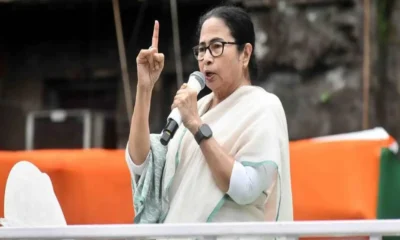
 India News19 hours ago
India News19 hours agoBengal draft voter list revision removes 58 lakh names, triggers political row ahead of polls
-

 India News13 hours ago
India News13 hours agoDelhi pollution: Environment minister apologises, blames AAP as AQI stays very poor
-
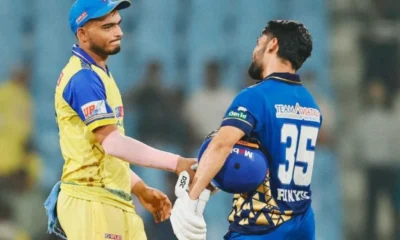
 Cricket news13 hours ago
Cricket news13 hours agoIPL 2026 auction: Uncapped Prashant Veer and Kartik Sharma become costliest Indian buys
-

 India News17 hours ago
India News17 hours agoPriyanka Gandhi leads protest against G Ram G Bill, calls move to replace MGNREGA unconstitutional

